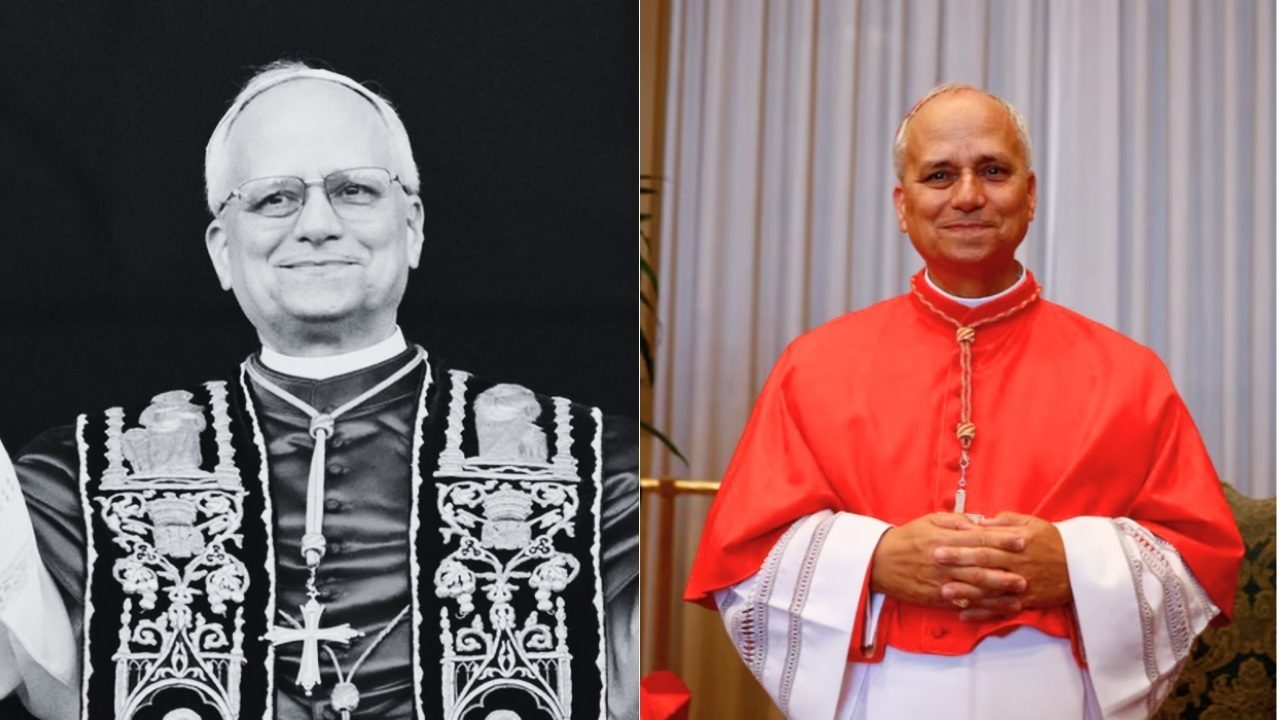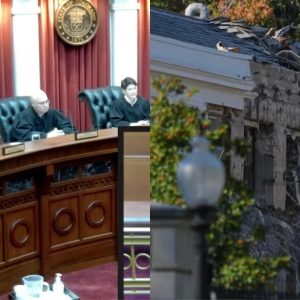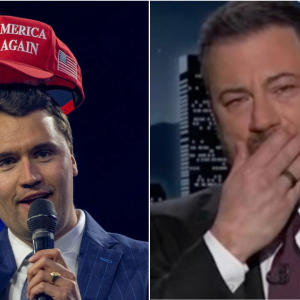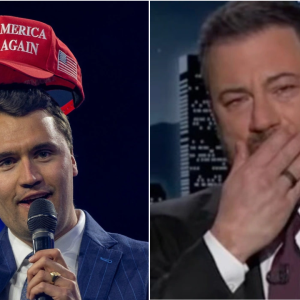SAD NEWS: Just 30 minutes ago, the Roman Catholic Church expressed its deep sorrow at this unexpected event: just a day after his election, Robert Prevost requested his temporary resignation from the papacy amid much pressure and controversy.
The news, issued in a solemn communiqué from the Vatican press office, shocked the global Catholic community. Cardinal Robert Francis Prevost, a Peruvian pastoralist, had been elected pope the day before, something hailed by many as a symbol of a Church seeking unity in all hemispheres. Now, his repeated decision to resign from the world’s highest spiritual office has generated uncertainty, confusion and speculation about the reasons that led to such a drastic decision.

According to official Vatican sources, Pope-elect Prevost cited “an overwhelming moral burden, political turmoil, and deep concern for the Church’s integrity” as reasons for requesting suspension of the papal appointment. The statement emphasized that the decision came from Prevost himself and was not a forced response. However, the comic’s narrative left room for interpretation, and many observers wondered whether internal opposition to the Republic or external geopolitical pressures could have led him to the abyss.
Just hours earlier, Prevost had been seen greeting the crowd from the Apostolic Palace, offering blessings and brief words of thanks. He appeared dignified, some Vatican correspondents reported that his face reflected visible tension and that his voice trembled as he referred to “the weight of Peter’s burden” and “the approaching storm.” Few could have imagined that, one day, the man chosen to lead more than a billion Catholics would decide to definitively postpone his papacy.

Reactions from Church leaders around the world have been swift and mixed. Some have expressed compassion and support. Cardinal Luis Tagle of the Philippines called the act “a gesture of humility rarely seen at this level of leadership.” Others, however, were more critical. A senior bishop from Eastern Europe, speaking under the guise of support, said: “If he cannot endure the first day of spiritual pressure, how can he lead the Church in this era of conflict and conflict?” The Church now faces a legal and theological dilemma. There is no constitutional law that explicitly addresses the postponement of papal epoch after the election.
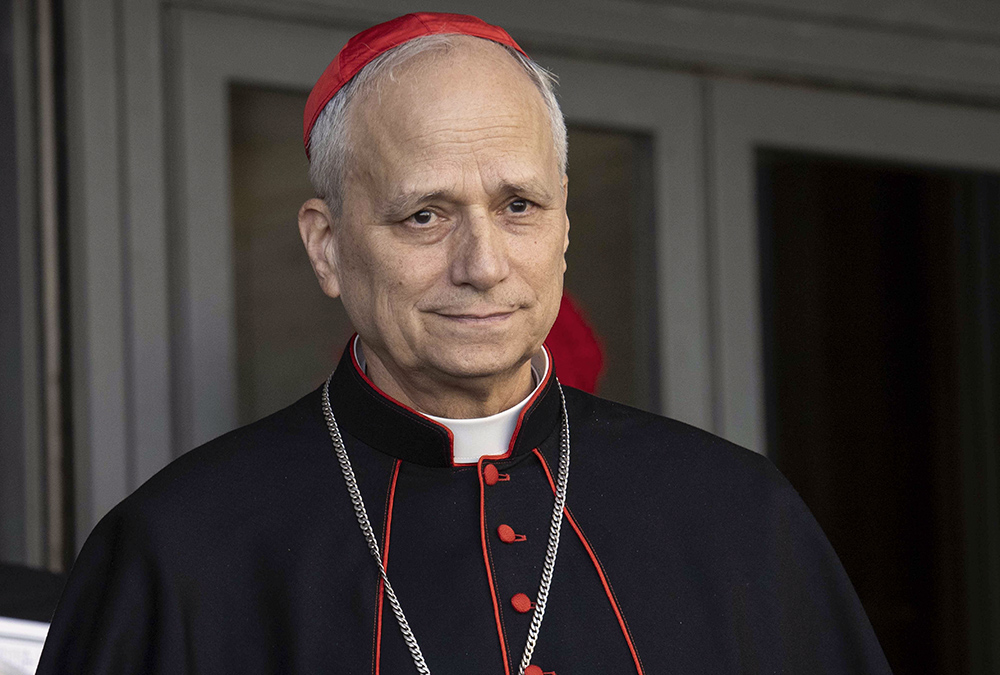
Technically, once the Pope accepts the office, he immediately becomes Bishop of Rome and Supreme Pope, even before the formal investiture ceremony. In the case of Prevost, it is unclear whether his “step” constitutes an abdication, a delay, or something completely new: the papal limbo that the Vatican has experienced in the modern era.
Within the Holy See, speculation is rampant. Sources close to the Church suggest that ideological divisions may have contributed to Prevost’s withdrawal. He was perceived by many as a moderate reformer, someone who could stand between doctrinally conservative and socially progressive factions within the Church. However, amid political maneuvering, veiled threats and concerns about global perception, it is believed that Prevost may have faced unexpected resistance.
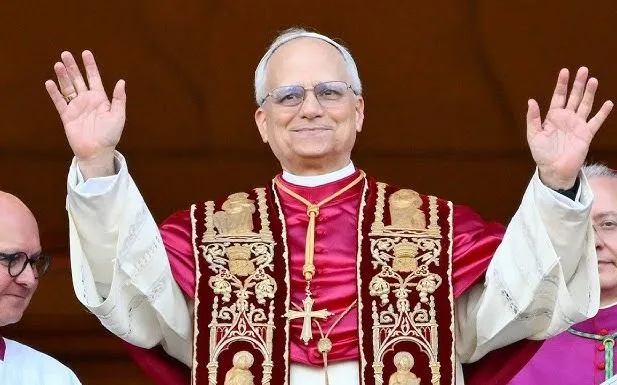
Faithful Catholics around the world have responded with a mixture of anguish and compassion. In Lima, where Prevost served as bishop and is fondly remembered for his pastoral warmth, dozens gathered in prayer circles, clutched rosaries and wept over candlelight vigils. In Boston, his capital city, the cathedral scheduled a special Mass “to bring clarity and strength in times of uncertainty.” Meanwhile, social media was filled with questions and rumors, from health concerns to conspiracy theories, that the Vatican had completely abandoned any physical illness.

Despite the turmoil, the Apostolic Palace remains illuminated, and the Swiss Guard remains in its positions. The College of Cardinals has been called into an emergency, closed-door session to determine the next steps. It is unknown whether it will convene a new conclave, give Prevost time to reconsider, or formally declare a vacancy.
For now, the Chair of Saint Peter is symbolically filled, but functionally empty. The faithful simply wait, reflect, and pray. The Church has endured remarkable storms throughout its history—wars, reforms, betrayals, and trials—and, somehow, it has always endured. But at this moment, many are asking: What happens when even the pastor decides to take up the staff?
